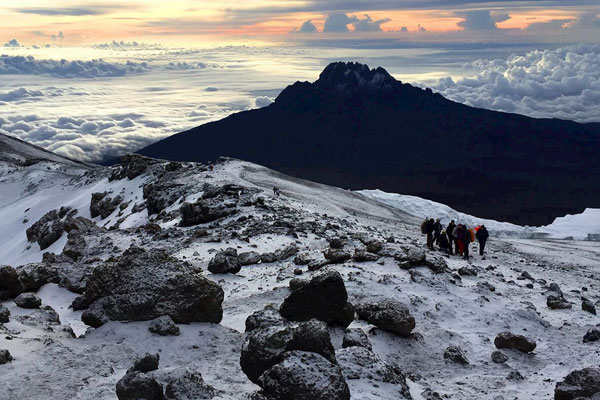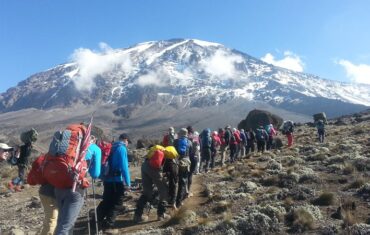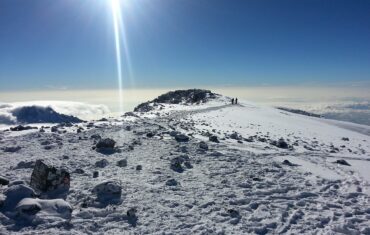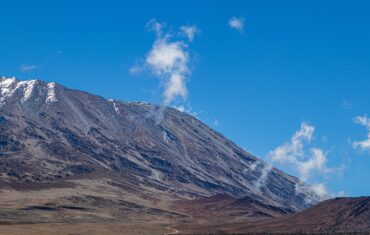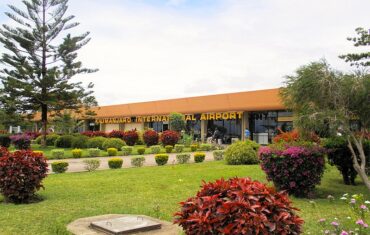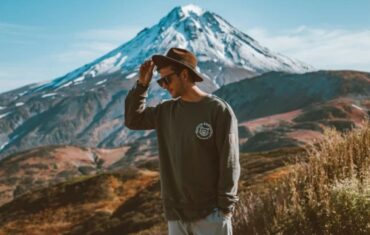If you’re an adventure seeker with a passion for hiking, you’ve likely dreamt of conquering Mount Kilimanjaro, the tallest freestanding mountain in the world. Located in northeast Tanzania, this volcanic wonder stands nearly 5 kilometers (3 miles) above the surrounding plains and offers a challenging yet achievable summit for those willing to take on the adventure.
The Allure of Kilimanjaro
A Majestic Natural Icon
Mount Kilimanjaro is a natural icon, with its jagged glacial peaks framing the gaping Kibo Crater, and a year-round cover of snow, despite its proximity to the equator. This mountain stands at a towering 5,895 meters (19,340 feet), making it the highest point in Africa.
Accessibility and Challenge
What makes Kilimanjaro even more intriguing is that it doesn’t demand specialized mountaineering skills or equipment. However, don’t underestimate it; climbing Kilimanjaro requires a fair degree of fitness, determination, and awareness of the health risks associated with rapid altitude gain.
Planning Your Kilimanjaro Expedition
Choose the Right Operator
All climbs of Kilimanjaro must be arranged with a registered Tanzanian operator. They provide essential support, including guides, porters, camping gear, meals, and water. The operator will also help you decide on the duration of your climb. Contact us for more information africanmemoriesexpolorers.com
Duration Matters
The duration of your Kilimanjaro climb depends on several factors, including your chosen route, budget, fitness level, and acclimatization time. Climbers typically opt for hikes ranging from five to seven days. The success rate significantly improves with longer expeditions.
Longer is Safer and More Rewarding
Allowing seven days or more for your Kilimanjaro climb offers several advantages. Safety is paramount, with a reduced risk of altitude-related illnesses and accidents. Longer climbs allow you to explore quieter and more scenic routes, providing ample opportunities to admire the diverse landscapes and wildlife.
Kilimanjaro Route Options
The route you choose greatly influences the duration of your climb. Kilimanjaro offers six main routes, each with its unique appeal:
1. Marangu Route (Minimum 5 days; Recommended 6 days)
- Popular and affordable
- Proper huts for accommodation
- Best rescue service
- Overcrowded during peak seasons
2. Machame Route (Minimum 6 days; Recommended 7 days)
- A more scenic and gradual ascent
- Better acclimatization opportunities
- Camping required
3. Shira Route (Minimum 6 days; Recommended 8–10 days)
- Starts on the western flank
- Stunning volcanic rock formations
- Chance to spot large mammals
- Gradual ascent
4. Lemosho Route (Minimum 6 days; Recommended 8–10 days)
- One of the most beautiful routes
- Less altitude-related issues on the first day
- Starts in the forest zone
- Converges with Shira Route
5. Northern Circuit (Minimum 9 days; Recommended 10–11 days)
- Remote and longest route
- Option to overnight within Kibo Crater
- Highest success rate but more expensive
6. Rongai Route (Minimum 6 days; Recommended 7 days)
- Ascent from the northern side
- Good choice during the rainy season
- Less crowded and higher success rate
Factors Affecting Your Climb Duration
Several factors can affect how long it takes to climb Kilimanjaro:
Altitude
Rapid altitude gain is the biggest challenge. Acclimatization is crucial, and longer climbs are safer.
Seasons
Weather conditions vary with the seasons. Dry months from January to March and July to October are ideal for climbing.
Fitness
A reasonable level of fitness is required. Training hikes and aerobic exercises are recommended.
Other Preparations
Proper gear, including waterproof clothing, boots, trekking poles, and a medical kit, is essential for a successful climb.
Now that you’re armed with the knowledge needed to plan your Kilimanjaro expedition, take the time to prepare, choose the right route, and enjoy the journey of a lifetime. So, lace up your boots, embrace the challenge, and embark on your epic Kilimanjaro adventure!
FAQs
- How long does it take to climb Kilimanjaro on average? The average duration for a Kilimanjaro climb ranges from five to seven days, depending on the chosen route.
- What is the success rate for climbing Kilimanjaro? Success rates vary but are generally higher for longer climbs, with over 85% success for expeditions lasting eight days or more.
- When is the best time to climb Kilimanjaro? The best times to climb are from January to March and July to October, avoiding the rainy seasons.
- What kind of fitness level is required to climb Kilimanjaro? A reasonable level of fitness is necessary. Training and aerobic exercises are recommended for inexperienced hikers.
- What essential gear do I need for a Kilimanjaro climb? Necessary gear includes waterproof clothing, boots, trekking poles, a medical kit, and proper layering for varying temperatures.

